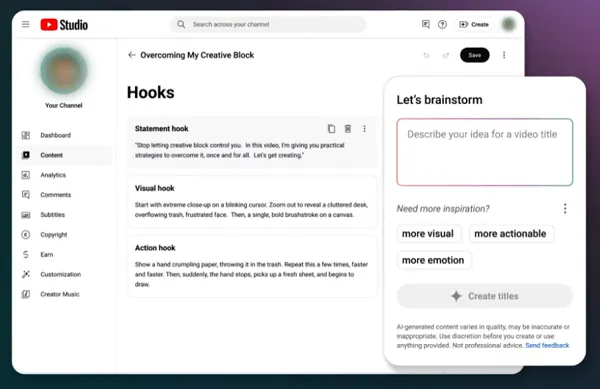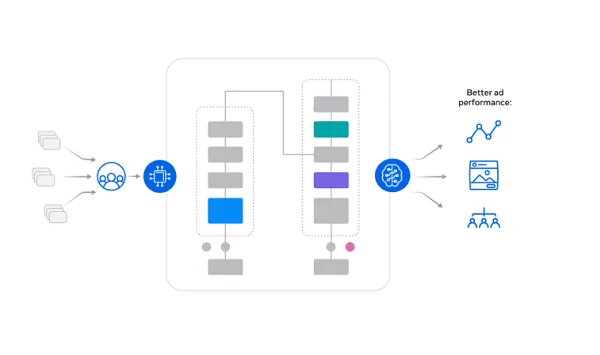Digital transformation (DT) is synonymous with maintaining a competitive edge, yet many organizations are slow to implement this change. Surprisingly, while Gartner research shows DT is an organizational priority for 87% of senior executives, Forrester reports only 15% have made the transition.
Why the disconnect? Having launched DT for Hiscox in both the United Kingdom and United States, I understand that some find the process to be complicated and intimidating, as well as difficult to interpret, which can create an unwillingness among some stakeholders to accept the change. Clearing those hurdles requires steady leadership. Research shows a full commitment from the CEO is pivotal in addressing all issues and moving forward on any DT initiative.
When I made the transformation in the U.K. in the late 1990s, I was flying blind at a time when dial-up-modems were still in use. My marching orders were: how can we make the most of the internet? I was determined to make the technical transition for the company, and I think that is the first lesson. Here are some other learnings from my experience for you to consider.
Assembling The Right Team
Digital transformation can take anywhere from six months to six years, depending on the organization, the commitment to DT, and team’s ability to overcome problems. Regardless of the initial timeline established in the strategic plan, you will need to be flexible, allowing your teams time to react and resolve issues.
The three crucial factors behind a successful digital transformation are people, people and people. Even if you are given an unlimited budget, if you don’t have the right people managing the transformation, you will likely run into problems quickly. The three groups essential to achieving the transition include technical experts, project managers and executive leaders, like you.
• Technical Experts: Working closely with your technical leadership will add the needed expertise to the decision-making process that is essential to success. You must depend on their technical knowledge and capability to develop the software and coding to effectively implement the transformation.
• Project Managers: This group is crucial to overseeing each element of the process and keeping everyone on track and on time. You must establish a direct and honest relationship with project managers to gain accurate and reliable reporting about milestones. Honesty and time management are the two most important capabilities of the project manager’s role.
• Leadership: This starts with you and your executive leadership team, providing a detailed strategic plan, prioritizing the DT elements, and motivating each team. I strongly advise you keep your expectations realistic, not only about what can be accomplished, but about the timing of the process as well. It is important that people working on the DT team are confident in your support. You want to avoid having a project team member reluctant to report an issue for fear of reprisal. For a transformation to run smoothly, issues need to be identified and resolved as quickly as possible or they may snowball into a much larger problem.
Getting Started
The key factor you must consider when starting your digital journey is what your potential customers need. At the beginning of our DT process, we conducted multiple focus groups to understand our customers’ pain points with buying insurance and to learn how we could alleviate their issues.
We perpetually remind ourselves the choice people make when purchasing products is a very personal decision. Focusing on digital is certainly the priority, but you cannot fully eliminate more traditional sales channels, because some of your customers may prefer to speak to a salesperson over the phone, while others may want a face-to-face meeting with an agent who can visually present them with their options. It is important to offer every sales avenue to give customers an option they individually prefer.
For DT, another consideration is the cost of technology. What will it cost to make a customer’s journey slightly smoother? Every change can be expensive, which is why determining preferences can serve to eliminate the technology costs associated with an unwanted digital track for some customers and delivering the highest return.
Overcoming Roadblocks
One of the biggest obstacles most CEOs engaging in DT can expect is employee pushback. According to McKinsey, 70% of failed DT in U.S. companies is a result of employees not buying into the transition. You can expect a great deal of uncertainty from those of your employees who may feel threatened or fearful about their role’s future in the organization.
Clear, direct and honest communication is the key to averting these objections. Regardless of the size of a company, CEOs need to communicate their plans and set expectations to avoid fear, rumors and anger, which are natural responses to an unknown disruption in the employees’ work life. They may be fearful their jobs will be replaced or made redundant when facing a major change such as DT. Communication can help prevent employee attrition due to stress and heavier workloads.
Getting Outside Sales to Embrace New Digital Culture
When going through a digital transformation, all stakeholders should be considered and some consulted. Many businesses have a delicate ecosystem of partners, suppliers and brokers that are relied upon and should be brought along for the ride. That means keeping them informed and making sure they are onboard with the changes, so they won’t feel their role within the channel is at risk. They can also provide extremely valuable insight as they may have gone through similar transformations.
Your Challenge
Your leadership abilities as CEO will be tested throughout this process as you bring all company employees and other stakeholders together working as one to implement DT. There is a significant shift in the responsibilities and roles of professionals with a digital transformation of various operations and processes. Hence, training and constant communication are as important as providing them with adequate resources to fully function in their jobs.
As global spending on DT increases, a larger portion of the budget needs to be dedicated to DT innovation for the sake of the organization’s current and future business success. According to Deloitte more than 50% of IT budgets are spent on maintenance and only 19% on innovation. To achieve a successful DT, leaders must flip the script and devote a higher percentage to innovation.
Today, we have a great deal more knowledge and resources to work with. DT can be done. You just need to dedicate your organization to making the switch.
The post CEO Leadership Is The Make Or Break On Digital Transition appeared first on ChiefExecutive.net.








































![Spider-Man Is Back in Black With the Green Goblin in New Funko Pop! Figures [Exclusive] Spider-Man Is Back in Black With the Green Goblin in New Funko Pop! Figures [Exclusive]](https://static1.colliderimages.com/wordpress/wp-content/uploads/2025/03/spider-man-the-animated-series-green-goblin.jpg)






























